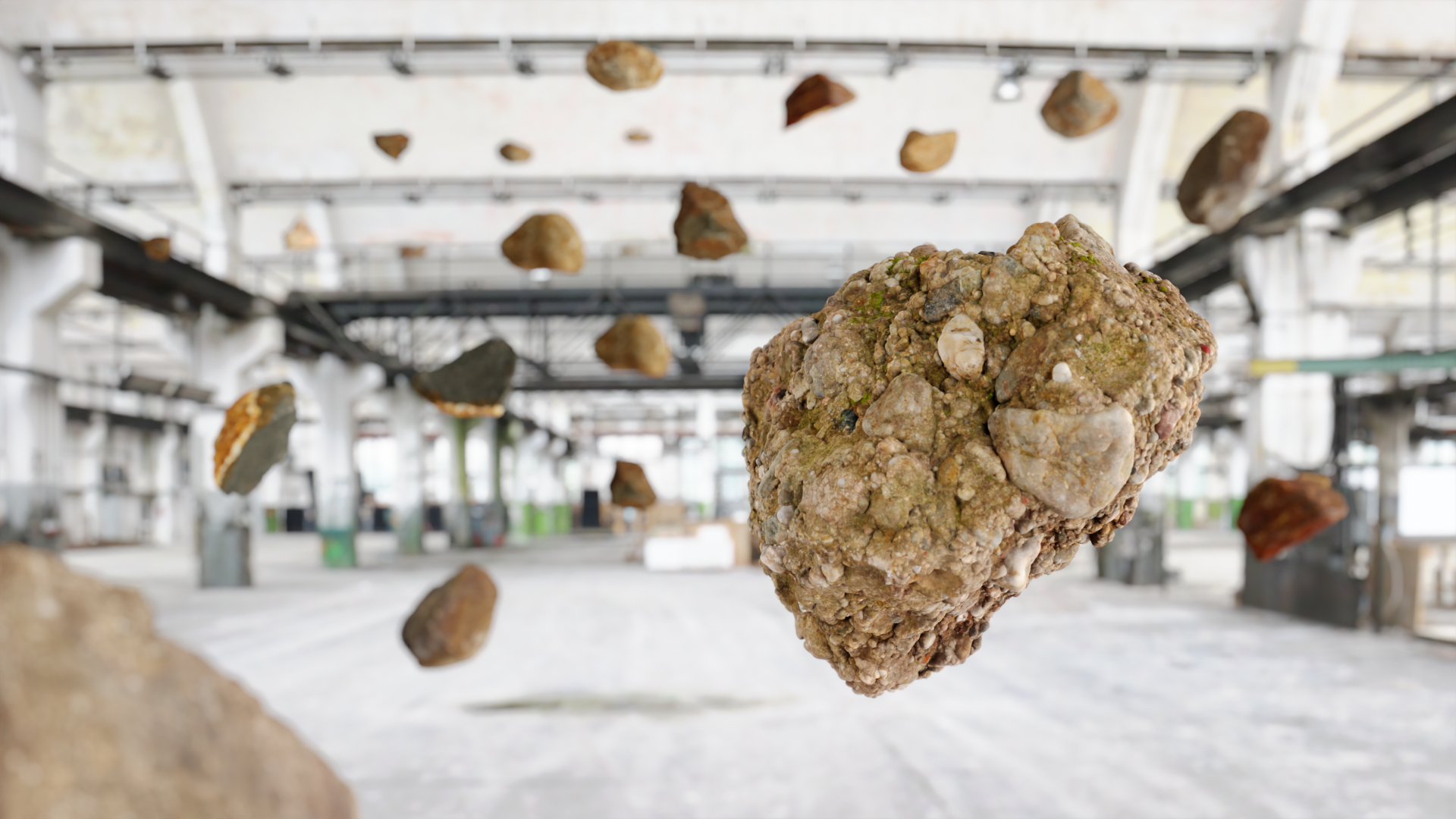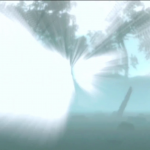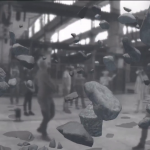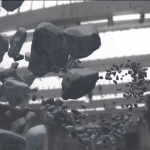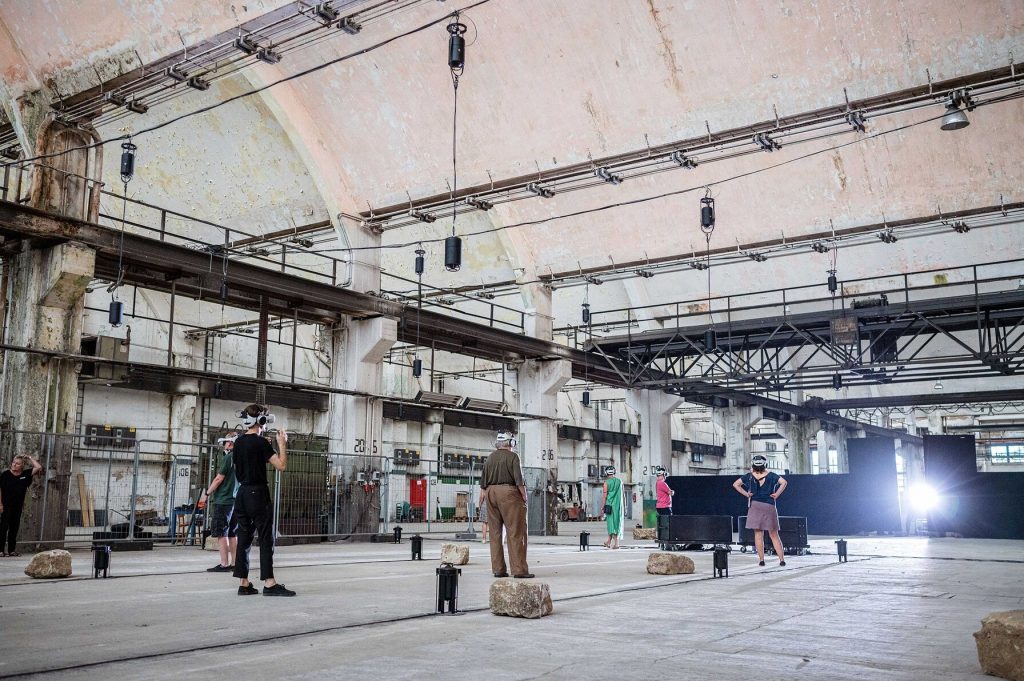
Description:
Animate is an immersive mixed reality theatre performance based on the Metamorphosis scientific-artistic research project funded by the Fonds de Recherche du Québec – Nature et Technologies (FRQNT, leader: M. Wanderley, McGill) & Société et Culture (FRQSC, leader: C. Salter, Concordia), through a grant from the program PRISME.
It adapts the novel with the same name written by Kate Story and addresses the eventuality of climate catastrophe by merging performance, radio play, and an immersive audiovisual installation.
Animate premiered in August 2022 in Weimar, Germany for 400 people by groups of 12 spectators over 10 days.
The original research grant (in French), funded by the PRISME program of the FRQ:
Metamorphosis: Nouveaux modes d’interaction expressifs en théâtre basés sur la réalité augmentée
Metamorphosis est un projet de science/art qui utilisera l’extraction de caractéristiques de mouvements et de signaux biophysiques par le traitement et l’analyse des signaux en temps réel, ainsi que par l’apprentissage automatique, pour créer une nouvelle performance AR/XR (Augmented/Extended Reality) en direct axée sur l’impact émotionnel des changements climatiques. Les représentations audio, haptique et visuelle créeront une expérience artistique riche en émotions et totalement étrange, tout en faisant progresser une toute nouvelle forme de théâtre basé sur la XR.
The artistic event, in Germany:
Animate
Inside of the KET-Halle, a decommissioned agriculture machinery factory, the audience listens to the first part of the story narrated to them by Laurie and Daniel, played by Judith Rosmair and Steve Karier. They are then equipped with Meta Quest 2 goggles and given a rope to hold on to together before going into complete virtual reality, thus practically blinded to the real environment and completely reliant on the guidance of Daniel, Laurie, and the rope. After wandering around a virtual landscape and listening to the story unfold, the group stops and the environment opens up to the empty factory with virtual and real rocks laying on the floor around them. As the characters play around and the scene progresses, the rocks seemingly gain conscience and start floating, converging into a chaotic mass, explode, attack the audience and perform a gracious but menacing choreography around, above, and in the middle of the powerless onlookers.
As the rocks dance around in clusters, so does the sound, spatialized using the 4DSound system by MONOM studio based in Berlin, a field of 48 omnidirectional speakers allowing the physical placement of sounds within the 16 by 16 by 5 meters space. A set of subwoofers placed around the stage also follow the rocks’ actions and sends infrasounds shaking the audience and causing indirect sounds generated by elements in the building.
The design of the project involved research on solutions for haptic feedback and emotion sensing through biosensors equipable on audience members. It required the development of processes, techniques and software to manage and synchronize efficiently many headsets both in space and time. Through the performances of the show, new considerations were raised, like how communication of the virtual state of a scene to actors or members of the staff not equipped with VR goggles could or should be possible.
See full credits here: Animate_Credits
IDMIL Participants:
Research Areas:
Funding:
- Fonds Nature et technologies
- FQRSC

